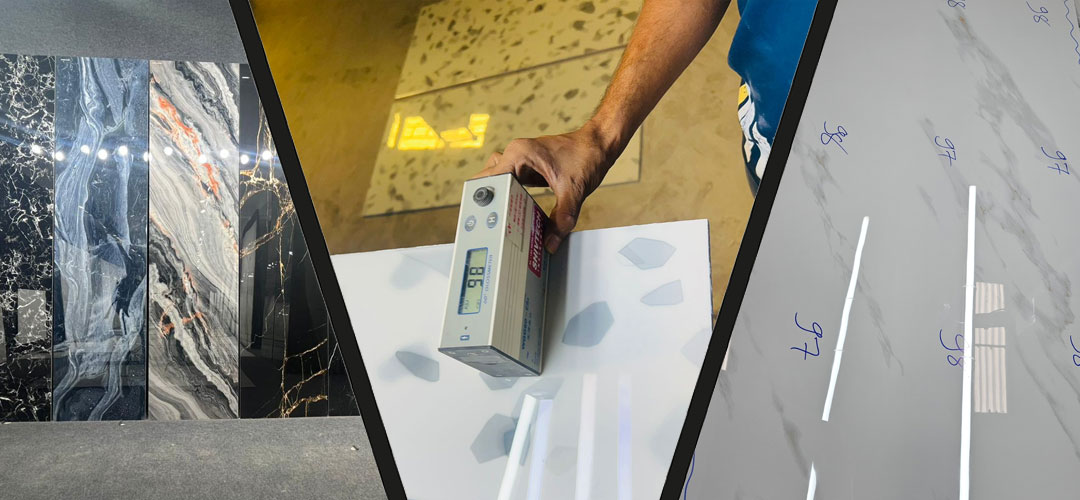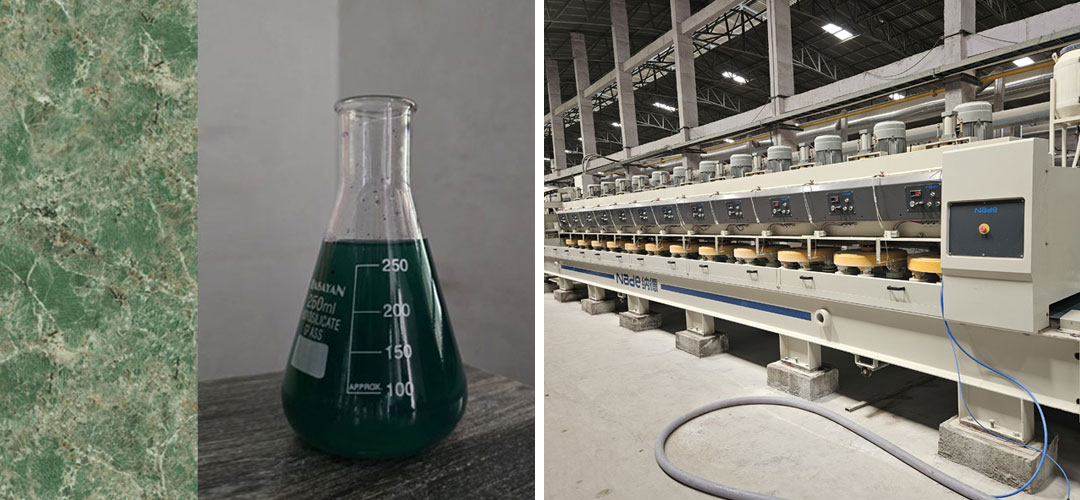Exploring the Advantages of Ceramic Body Binders
Ceramic Body Binders, often overlooked yet essential components in various industries, play a crucial role in shaping the properties and performance of ceramic materials. From traditional pottery to advanced technical ceramics, the choice of binder significantly influences the final product's characteristics and applications.
In this blog, we delve into the advantages offered by Ceramic Body Binders, shedding light on their diverse applications and impact on materials engineering.
Top 6 Advantages of Ceramic Body Binders
1. Tailored Properties:
One of the primary advantages of Ceramic Body Binders lies in their ability to tailor the properties of ceramic materials to meet specific requirements. By selecting the appropriate binder formulation and adjusting processing parameters, engineers can fine-tune attributes such as strength, density, porosity, and thermal conductivity. This level of customization enables the development of ceramic products optimized for diverse applications, ranging from aerospace components to biomedical implants.
2. Enhanced Green Strength:
Ceramic Body Binders play a critical role in imparting green strength to ceramic bodies during forming processes such as pressing, extrusion, and casting. Green strength refers to the structural integrity of unfired ceramic components, which is crucial for handling, transportation, and subsequent processing steps. By effectively bonding ceramic particles together, binders enhance the green strength of the material, minimizing deformation and breakage during handling and machining operations.
3. Improved Workability :
In ceramic processing, binders contribute to the workability and formability of ceramic slurries and pastes, facilitating shaping and molding operations. Depending on the application and processing method, binders can impart rheological properties such as viscosity, thixotropy, and flow behavior to the ceramic formulation. This allows for precise control over shaping processes, enabling the production of intricate ceramic components with consistent dimensions and surface finish.
4. Binder Burnout and Sintering Control :
During the firing process, binders undergo thermal decomposition or burnout, leaving behind a network of interconnected ceramic particles. The choice of binder and its burnout characteristics directly influence the sintering behavior and final microstructure of the ceramic material. Ceramic Body Binders with controlled burnout profiles ensure uniform shrinkage, minimal porosity, and optimal densification during sintering, leading to enhanced mechanical properties and dimensional stability in the final product.
5. Compatibility with Additives :
Ceramic Body Binders can accommodate a wide range of additives, including plasticizers, dispersants, and reinforcements, to further enhance the performance of ceramic materials. Plasticizers improve flexibility and reduce brittleness, while dispersants promote uniform particle dispersion and prevent agglomeration. Reinforcements such as fibers or nanoparticles impart additional strength, toughness, or functionality to the ceramic matrix, expanding the range of applications and performance capabilities.
6. Environmental Sustainability :
In recent years, there has been growing interest in developing environmentally friendly Ceramic Body Binders that minimize environmental impact and health hazards. Bio-based binders derived from renewable resources offer a sustainable alternative to conventional petroleum-based binders, reducing carbon footprint and dependence on fossil fuels. Additionally, water-based binders eliminate the need for organic solvents, improving workplace safety and reducing emissions of volatile organic compounds (VOCs).
Conclusion :
In summary, Ceramic Body Binders play a pivotal role in materials engineering, offering a multitude of advantages that contribute to the versatility, performance, and sustainability of ceramic materials. From tailoring properties to enhancing workability and sintering control, binders enable the realization of complex ceramic products for diverse applications.
As research continues to advance, the development of innovative binder formulations promises to further expand the capabilities and applications of ceramic materials in various industries.








